12 Non-Horror Movies That Deliver More Chills Than Actual Horror Films

Sometimes the scariest movies don’t have ghosts, zombies, or monsters at all. Real terror can come from everyday situations that feel all too possible—like unstoppable killers, broken societies, or the darkness hiding inside human nature. These films prove you don’t need supernatural scares to make your skin crawl and your heart race with fear.
1. We Need to Talk About Kevin (2011)
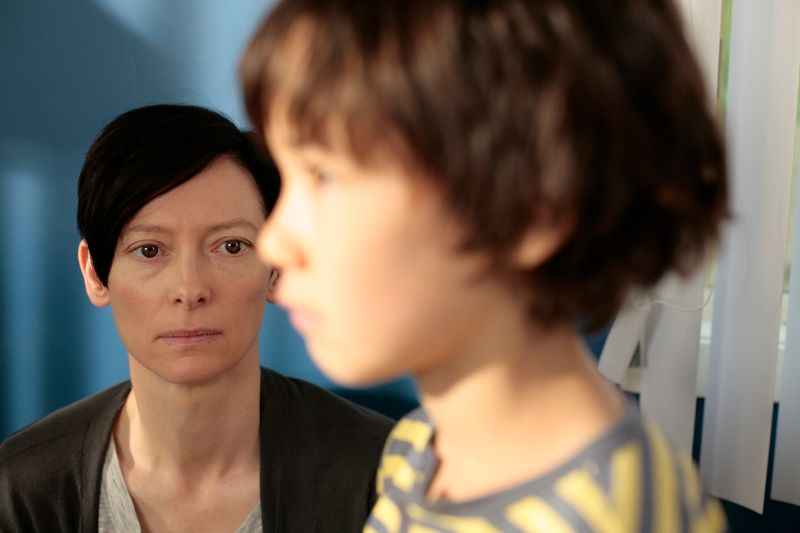
Tilda Swinton delivers one of the most haunting performances in cinema as a mother wrestling with unbearable guilt. Her son Kevin isn’t possessed by demons—he might just be a sociopath, and that possibility is far more terrifying than any supernatural explanation.
Watching Kevin’s malevolence grow from childhood into something truly monstrous creates a slow-burning dread that never lets up. The film explores every parent’s nightmare: what if the child you love is fundamentally broken?
When the horrifying climax arrives, it feels disturbingly real because events like this actually happen. The psychological weight crushes you long after the credits roll, making this drama more frightening than most horror films could ever hope to be.
2. The Terminator (1984)

James Cameron disguised one of cinema’s most relentless horror films as science fiction action. Arnold Schwarzenegger’s cyborg moves with cold, mechanical precision—an unstoppable killing machine that cannot be reasoned with, bargained with, or stopped.
The film’s apocalyptic vision of humanity’s future creates a suffocating sense of doom. Unlike slasher villains who can be defeated, the Terminator represents technology turned against its creators with terrifying efficiency.
Every chase sequence pulses with raw panic because escape seems impossible. The bleak atmosphere and Sarah Connor’s desperate fight for survival tap into primal fears about losing control to machines, making this sci-fi classic scarier than most films labeled as horror.
3. Sicario (2015)

Set against the U.S.–Mexico drug war, this thriller delivers terror through brutal realism. Emily Blunt’s idealistic FBI agent discovers that the war on drugs operates in moral grayness where right and wrong blur into meaningless concepts.
The violence hits harder because it reflects actual events happening at the border. Watching systematic corruption devour every attempt at justice creates a deep psychological unease that fictional monsters never could.
Director Denis Villeneuve builds tension until you can barely breathe. The sense of futility—knowing that individual actions can’t fix broken systems—transforms this into a horror story about powerlessness. When Benicio del Toro’s character reveals his true nature, the film’s darkness becomes complete.
4. Apocalypse Now (1979)
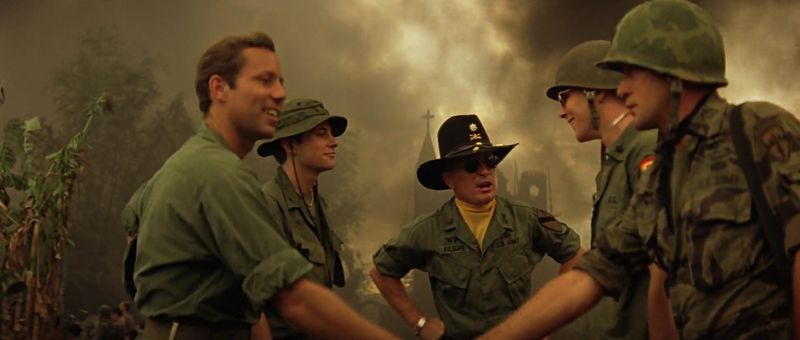
Francis Ford Coppola crafted a war epic that transforms into a nightmare journey through human darkness. The horror here isn’t supernatural—it grows from what people become when civilization’s rules disappear and madness takes over.
As Captain Willard travels deeper into the jungle searching for Colonel Kurtz, the oppressive atmosphere becomes suffocating. Moral decay spreads like a disease through every scene, showing how war strips away humanity piece by piece.
Marlon Brando’s whispered philosophy in the shadows feels more disturbing than any monster reveal. The film’s depiction of psychological collapse and the “horror” lurking in the human soul creates profound unease that lingers for days after watching.
5. No Country for Old Men (2007)
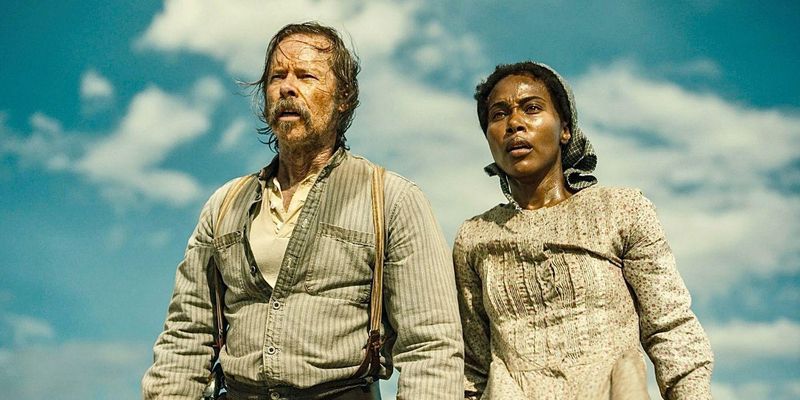
The Coen Brothers created one of cinema’s most terrifying villains without any supernatural powers. Anton Chigurh kills with calm brutality, deciding victims’ fates with a coin flip that reduces life and death to random chance.
His presence creates unrelenting tension that feels more suffocating than any jump scare. You can’t predict him, can’t escape him, and definitely can’t reason with his twisted philosophy about fate and consequence.
The neo-western landscape becomes a hunting ground where safety is an illusion. Chigurh’s methodical approach to violence—combined with his eerie stillness—makes him feel less like a character and more like death itself walking the earth in human form.
6. The Killing of a Sacred Deer (2017)
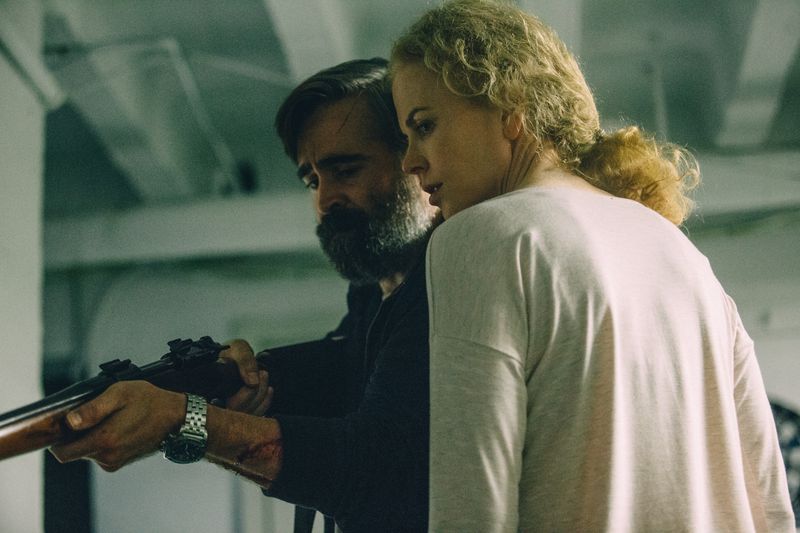
With his deliberately odd stylistic choices, Lanthimos crafts an atmosphere that puts viewers on edge. The stilted dialogue and emotionless performances create an atmosphere where nothing feels quite right, like watching reality slowly break down.
Colin Farrell plays a surgeon who befriends a mysterious teenager, but their relationship curdles into something nightmarish. When supernatural punishment arrives, it operates by cruel, inflexible rules that strip away all control.
The film moves like a slow-motion car crash you can’t prevent. Watching characters face impossible moral choices—deciding which family member must die—becomes genuinely horrifying. The surreal tone makes everything feel both distant and intensely personal, creating unease that burrows deep into your mind.
7. I’m Thinking of Ending Things (2020)
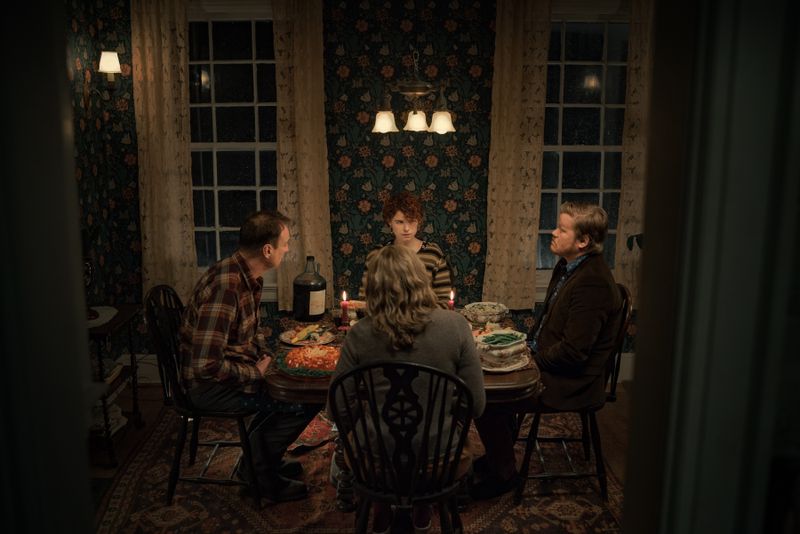
Charlie Kaufman’s existential puzzle box disorients viewers until reality itself feels unstable. A couple drives through a snowstorm to meet his parents, but nothing stays consistent—names change, memories shift, and time loses all meaning.
The claustrophobic atmosphere builds as imagination and reality blur together. You’re never sure what’s actually happening, which creates a special kind of dread that violence could never achieve.
Watching identity and meaning collapse feels like experiencing someone else’s mental breakdown. The film doesn’t scare you with monsters—it scares you by suggesting that the self might be an illusion, that consciousness might be a trap. That existential terror cuts deeper than any jump scare possibly could.
8. Jurassic Park (1993)
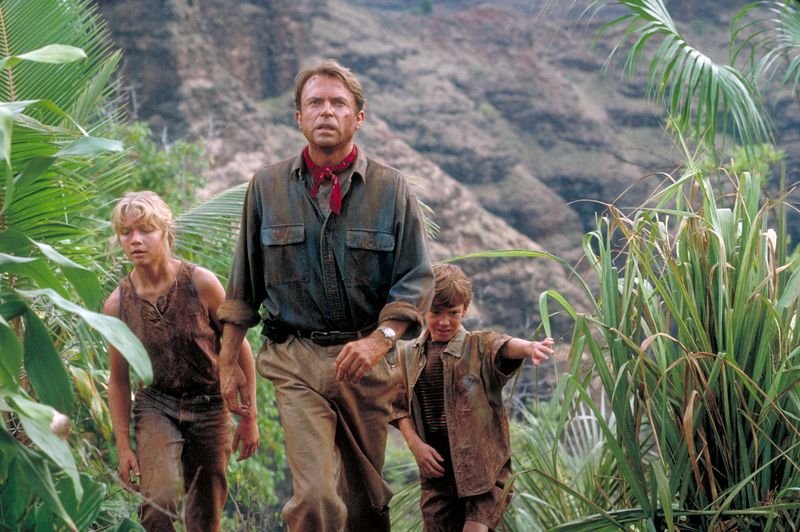
Steven Spielberg’s adventure film becomes genuinely terrifying when nature reclaims dominance. Scientists thought they could control dinosaurs through genetic engineering, but that hubris shatters spectacularly when chaos takes over.
The raptor scenes deliver pure nightmare fuel—intelligent predators hunting humans through dark kitchens and hallways. These aren’t mindless movie monsters; they’re efficient killers working together with frightening intelligence.
When the T-Rex breaks through its fence during the rain-soaked night, the illusion of human control evaporates completely. The film taps into primal fears about being prey again, about facing creatures that see us as food. That’s scarier than ghosts because dinosaurs actually existed.
9. Watership Down (1978)
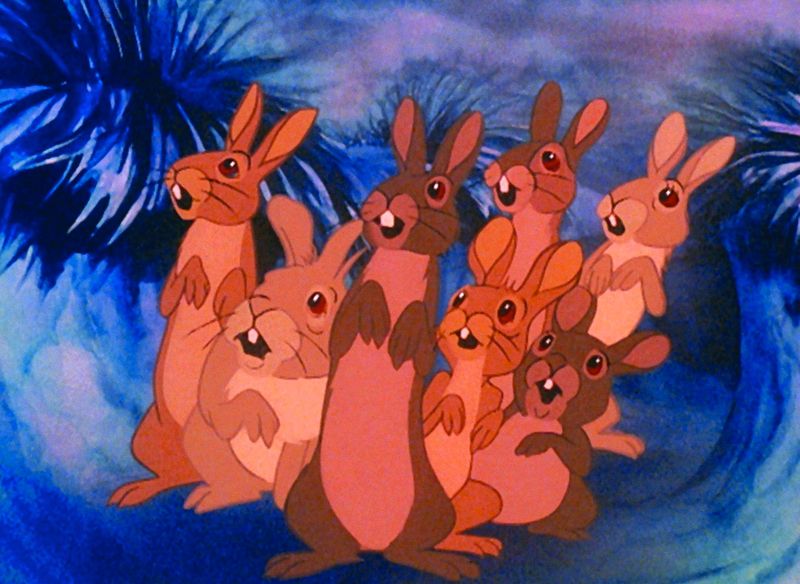
Don’t let the animation fool you—this rabbit survival story traumatized entire generations of unsuspecting children. The film portrays death, violence, and fear with unflinching brutality that most live-action movies wouldn’t dare show.
Rabbits fight wars, face dictatorship, and die in graphic ways that stick with you forever. The famous “Bright Eyes” sequence showing rabbits dying in their destroyed warren remains one of animation’s most devastating moments.
What makes it truly scary is how seriously it treats animal suffering and mortality. Kids expected a cute bunny adventure and got existential terror instead. The emotional devastation hits harder than horror movie gore because it feels honest about nature’s cruelty and death’s inevitability.
10. Requiem for a Dream (2000)
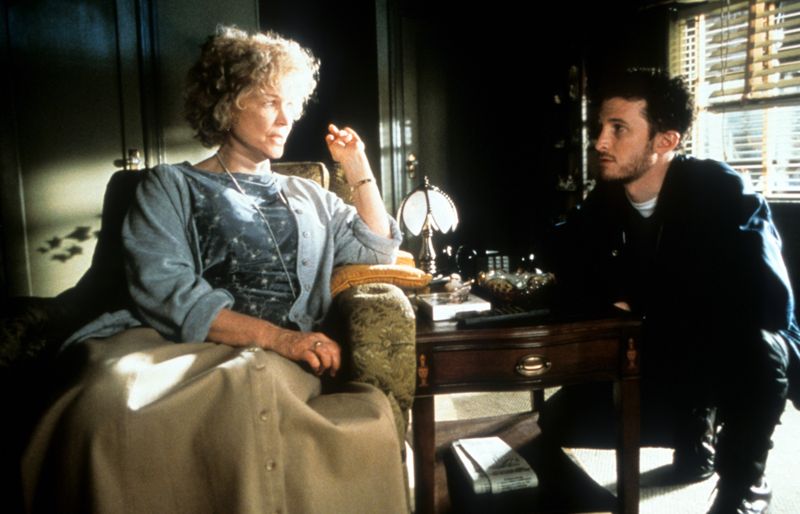
Darren Aronofsky transformed addiction into a horror show that makes typical scary movies look tame. The rapid-fire editing, distorted sound design, and visual decay create a sensory assault that mirrors the characters’ psychological collapse.
Watching four people destroy themselves chasing different addictions becomes genuinely disturbing. Ellen Burstyn’s descent into diet pill psychosis might be the film’s most frightening storyline—her hallucinations and physical deterioration are absolutely nightmarish.
The film doesn’t just show addiction; it makes you feel the desperate spiral into oblivion. By the devastating finale, you’ve witnessed human frailty turned into pure horror. The despair lingers long after watching, proving that real-life demons are far scarier than fictional ones.
11. Parasite (2019)

Bong Joon-ho’s masterpiece terrifies because it exposes rot beneath society’s surface. What starts as darkly comedic social commentary evolves into a claustrophobic nightmare about inequality, deception, and the violence that erupts when desperation meets privilege.
The Kim family’s infiltration of the wealthy Park household creates unbearable tension. You’re rooting for them while knowing their scheme must eventually collapse, and when it does, the consequences are shockingly brutal.
The basement reveals transform the film into pure horror—not supernatural, but grounded in very real class warfare. The birthday party massacre feels inevitable and terrifying because similar explosions of rage happen in actual society. That realism makes Parasite more frightening than any ghost story.
12. A Clockwork Orange (1971)
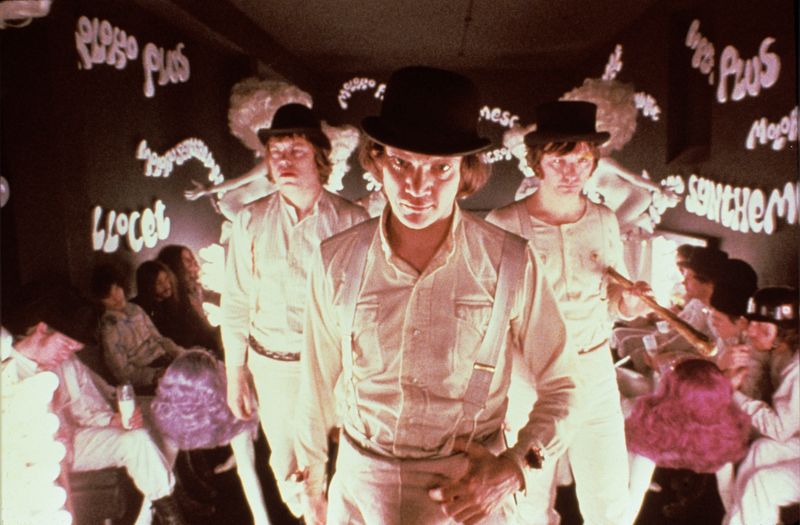
Stanley Kubrick’s dystopian vision remains one of cinema’s most deeply unsettling experiences. The film’s moral coldness—treating ultra-violence as choreographed spectacle—creates discomfort that never fades throughout the runtime.
Malcolm McDowell’s Alex DeLarge commits horrific acts with gleeful energy, but the real terror comes from watching society’s response. The government’s psychological conditioning removes his free will, raising disturbing questions about punishment, control, and whether forced goodness is better than chosen evil.
The stylized violence and eerie classical music soundtrack create a nightmare world that feels both distant and uncomfortably possible. Kubrick forces viewers to confront darkness without easy answers, making this more psychologically frightening than straightforward horror could achieve.

Comments
Loading…